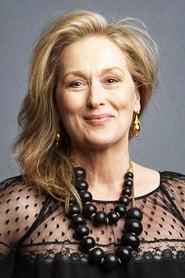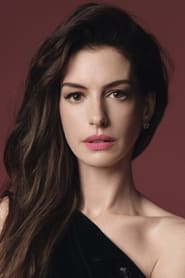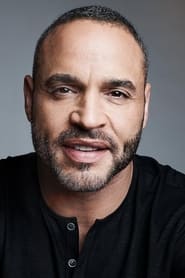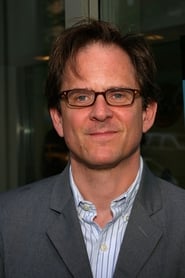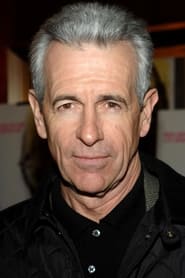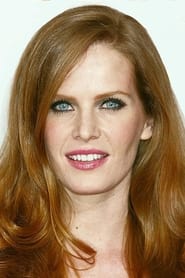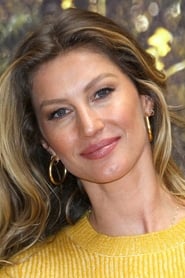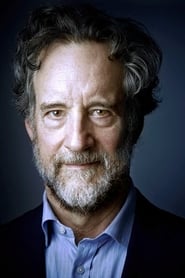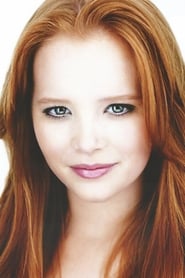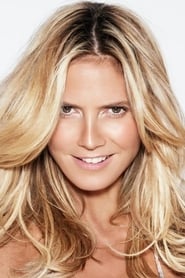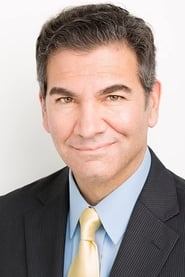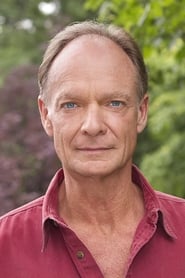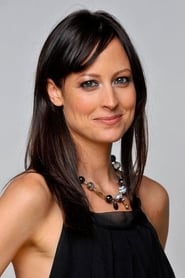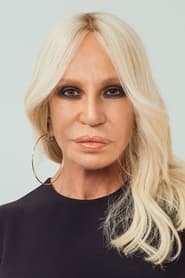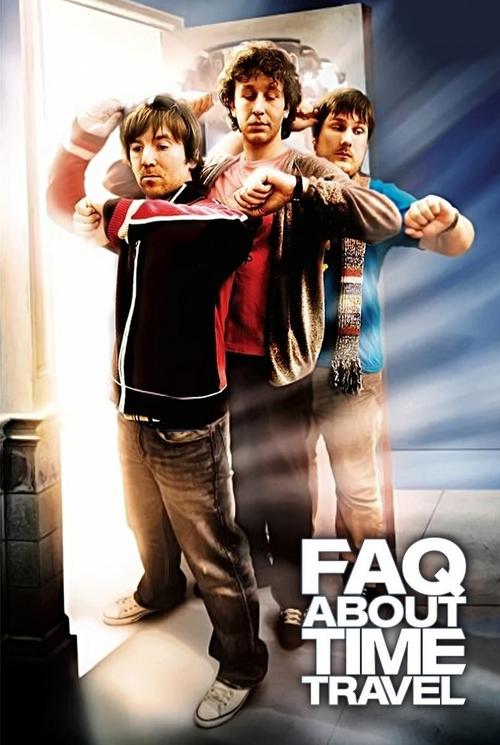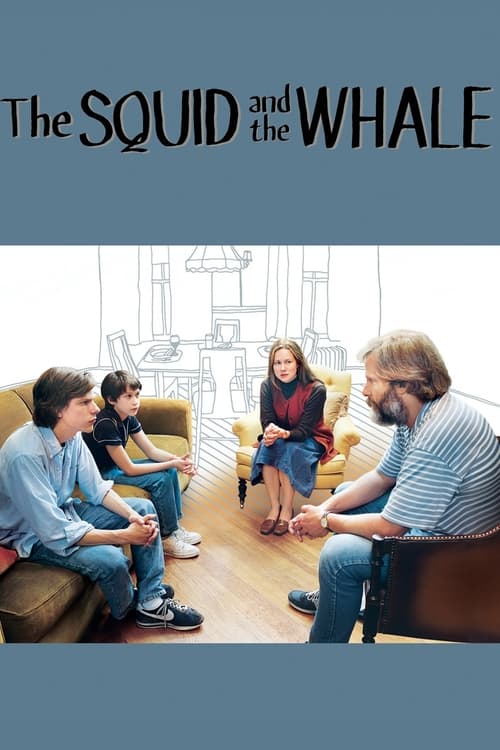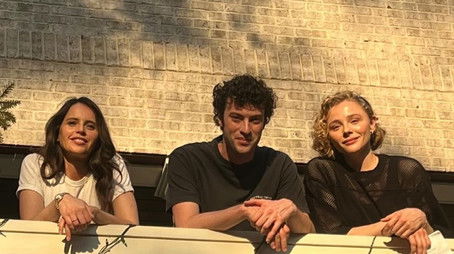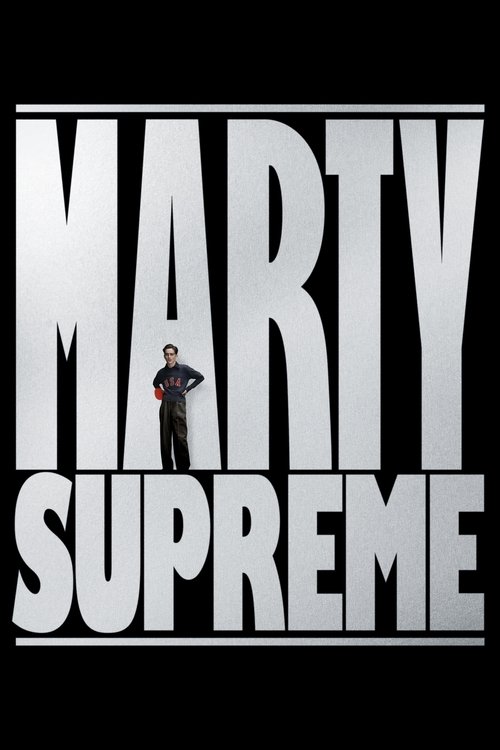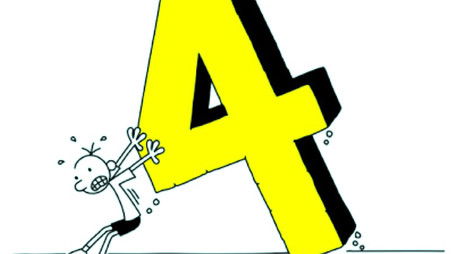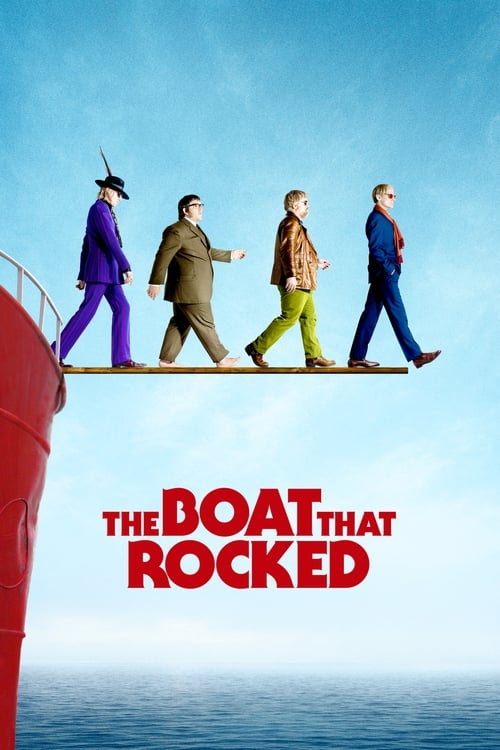
Ask Your Own Question
What is the plot?
Andrea "Andy" Sachs arrives in New York City fresh from Northwestern University, eager to launch a career in journalism. Despite her complete ignorance of fashion, she lands a coveted position as the junior personal assistant to Miranda Priestly, the formidable editor-in-chief of Runway magazine. Miranda is a woman of ruthless precision and icy demeanor, commanding her empire with an iron fist. Andy quickly learns that this job will demand more than she anticipated, as Miranda's expectations border on the impossible and her treatment is cold and often humiliating. Andy's initial plan is to endure the abuse temporarily, leveraging her position at Runway to open doors in the journalism world.
Andy's first days at Runway are a whirlwind of culture shock. The office buzzes with high fashion energy, where style is currency and appearances are scrutinized relentlessly. Andy's disheveled and unfashionable look makes her a target of disdain, especially from Emily Charlton, Miranda's first assistant, who initially outranks Andy and views her as an unworthy outsider. Nigel Kipling, the magazine's sharp and witty art director, becomes Andy's reluctant mentor, guiding her transformation from a fashion novice to a polished professional. He helps her revamp her wardrobe and attitude, instilling confidence and style that gradually earn Miranda's grudging respect.
One of Andy's earliest and most daunting tasks is to secure the unpublished Harry Potter and the Deathly Hallows manuscript for Miranda's twin daughters. This mission seems impossible, but with the help of Christian Thompson, a charismatic and well-connected writer, Andy manages to obtain the precious book. Delivering it to Miranda marks a turning point in Andy's career; she moves from being a mere assistant to someone indispensable to Miranda's world.
The tension between Andy and Emily escalates as Andy's star rises. At a charity benefit, Emily, despite being sick, shows up and forgets crucial details about the guests approaching Miranda. Andy steps in, saving Miranda from public embarrassment by discreetly feeding her the needed information. This act of loyalty and competence impresses Miranda, who then chooses Andy over Emily to accompany her to Paris Fashion Week--a coveted opportunity Emily has long coveted. When Andy delivers the crushing news to Emily, who is recovering in the hospital after being hit by a car, Emily lashes out bitterly, accusing Andy of betrayal and selfishness.
Meanwhile, Andy's personal life deteriorates. Her boyfriend Nate, who represents her connection to her old, grounded self, grows increasingly frustrated with her transformation. He resents how she prioritizes Runway over their relationship, missing his birthday party and adopting the superficial values she once mocked. Their relationship fractures, and Nate ultimately breaks up with her, underscoring the personal cost of Andy's ambition.
In Paris, the glamorous yet cutthroat atmosphere of Fashion Week sets the stage for the film's climax. Andy learns that Miranda's husband has filed for divorce, revealing a vulnerable side to the otherwise imperious editor. Nigel shares his own news: he has accepted a creative director position with rising designer James Holt, a move that should have been his triumph but becomes complicated by Miranda's political maneuvering.
That night, Andy spends time with Christian Thompson at his Paris hotel. Their flirtation leads to a one-night stand, but the encounter also yields a crucial revelation. Christian informs Andy that Jacqueline Follet, the editor-in-chief of French Runway and Miranda's rival, is being groomed to replace Miranda. Shocked, Andy tries to warn Miranda, but Miranda dismisses her concerns, confident in her control over the situation.
The climactic confrontation unfolds at a luncheon where Miranda publicly announces Jacqueline Follet as the new creative director for James Holt's company. Nigel and Andy are stunned--this move is Miranda's calculated sacrifice of Nigel's ambitions to secure her own position. Miranda coldly reveals to Andy that she was aware of the plot to replace her all along and that she orchestrated events to maintain her power. She points out the parallel between her betrayal of Nigel and Andy's betrayal of Emily by accepting the Paris trip. This moment crystallizes Andy's internal conflict as she recognizes the ruthless path she has been following.
Repulsed by Miranda's betrayal and the realization that she has become like her, Andy storms off. When Miranda calls, Andy symbolically rejects her by throwing her phone into the Fontaine de la Concorde in Paris, severing ties with Miranda's world.
Returning to New York, Andy quietly resigns from Runway, leaving Miranda waiting in the car without confrontation. She reconciles with Nate, who welcomes her back with understanding. Andy secures a new job in journalism, where she interviews for a position and learns that Miranda has surprisingly given her a glowing recommendation. In the film's final moments, Andy spots Miranda across the street. Miranda pretends not to notice her but then offers a subtle, private smile before driving away--a silent acknowledgment of mutual respect. Andy walks away, transformed by her experience but resolved to maintain her integrity and personal relationships rather than sacrifice everything for ambition.
Throughout the story, no characters die, and no deaths occur. The narrative focuses on personal and professional transformations, betrayals, and the moral costs of ambition within the high-stakes fashion industry. The film's resolution emphasizes growth, self-awareness, and the choice to reject toxic power dynamics rather than embrace them.
What is the ending?
At the end of "The Devil Wears Prada," Andy Sachs decides to leave her job at Runway magazine, realizing that the sacrifices she made for her career were not worth the cost to her personal life and values. She confronts Miranda Priestly, the powerful editor-in-chief, and walks away from the fashion world. In the final scenes, Andy finds a new path, pursuing her passion for journalism, and we see her happier and more fulfilled.
As the film approaches its conclusion, the tension between Andy Sachs and her demanding boss, Miranda Priestly, reaches a critical point. After a series of increasingly challenging tasks that push Andy to her limits, she finds herself at a crossroads.
In the penultimate scenes, Andy attends the fashion show for the new collection, where she is tasked with ensuring everything runs smoothly. The atmosphere is electric, filled with the buzz of the fashion elite. Miranda, impeccably dressed and commanding, is the center of attention. Andy, however, feels a growing sense of disillusionment. She watches as her friends and boyfriend, Alex, drift away due to her relentless commitment to her job. The emotional toll is palpable; she is torn between her ambition and her personal life.
The climax occurs when Andy is asked to retrieve Miranda's personal items from a hotel room. In a moment of clarity, she realizes that she has sacrificed too much for a job that demands her to compromise her values. The weight of her choices becomes unbearable, and she decides to confront Miranda. In a powerful scene, Andy stands up to her boss, expressing her frustration and discontent. She tells Miranda that she is not going to be a part of this world anymore, symbolizing her rejection of the superficiality and the sacrifices she made.
As she walks out of the office, there is a sense of liberation. Andy leaves behind the high-stakes fashion world, shedding the persona she had adopted. The camera captures her walking away from the imposing building, a mix of relief and determination on her face.
In the final scenes, we see Andy moving forward with her life. She is now pursuing her passion for journalism, taking a job at a more meaningful publication. The contrast between her previous life and her new path is stark; she is more authentic and true to herself.
Miranda, on the other hand, remains in her powerful position, continuing to navigate the cutthroat fashion industry. Her character embodies the complexities of ambition and the sacrifices that come with it, leaving viewers to ponder the cost of success.
As the film concludes, we see Andy happier, surrounded by friends who support her. The final moments highlight her growth and the realization that true fulfillment comes from staying true to oneself, rather than conforming to the expectations of others. The fate of each character is clear: Andy embraces her new identity, while Miranda continues her reign in the fashion world, a testament to the choices they each made.
Is there a post-credit scene?
The movie "The Devil Wears Prada," released in 2006, does not have a post-credit scene. The film concludes with a final scene where Andy Sachs, played by Anne Hathaway, has a moment of empowerment as she walks away from her past job at Runway magazine, symbolizing her growth and newfound confidence. The credits roll without any additional scenes or content following them.
What role does Miranda Priestly play in Andy Sachs' career development?
Miranda Priestly, the powerful editor-in-chief of Runway magazine, serves as both a mentor and an antagonist in Andy Sachs' career. Initially, Andy is overwhelmed by Miranda's demanding nature and high expectations, which push her to adapt and grow in the competitive fashion industry. Despite the challenges, Miranda's influence ultimately helps Andy refine her professional skills and gain confidence, though it also leads to personal sacrifices.
How does Andy's relationship with her boyfriend Alex change throughout the film?
Andy Sachs' relationship with her boyfriend Alex begins as supportive, but as she becomes more immersed in her job at Runway, the dynamics shift. Alex grows increasingly frustrated with Andy's long hours and her prioritization of work over their relationship. This culminates in a pivotal scene where Alex confronts Andy about her commitment, leading to their breakup, which highlights the personal cost of Andy's ambition.
What is the significance of the 'Cerulean sweater' scene?
The 'Cerulean sweater' scene is a pivotal moment that illustrates the influence of fashion and the industry on everyday life. Miranda explains to Andy how the color choices in fashion trickle down from high fashion to mass-market retailers, emphasizing the power and reach of the fashion world. This scene serves to educate Andy, showcasing Miranda's expertise while also highlighting Andy's initial naivety about the industry.
How does Andy's friendship with Lily evolve throughout the film?
Andy Sachs' friendship with Lily begins as a source of support and camaraderie, but it becomes strained as Andy becomes more consumed by her job at Runway. Lily expresses concern over Andy's changing priorities and the compromises she makes, leading to a confrontation where Lily feels abandoned. This evolution reflects the broader theme of personal sacrifice in pursuit of career ambitions.
What does Andy learn from her experiences at Runway by the end of the film?
By the end of the film, Andy Sachs learns valuable lessons about ambition, identity, and the cost of success. She realizes that while her experiences at Runway have equipped her with skills and confidence, they have also led her to compromise her values and relationships. This self-awareness prompts her to reassess her priorities, ultimately choosing to leave the fashion world to pursue a career that aligns more closely with her true self.
Is this family friendly?
The Devil Wears Prada, while primarily a comedy-drama, contains several elements that may not be suitable for younger audiences or sensitive viewers. Here are some potentially objectionable aspects:
-
Workplace Pressure: The film portrays a high-stress work environment where characters experience intense pressure and unrealistic expectations, which may be distressing for some viewers.
-
Language: There are instances of strong language and mild profanity throughout the film, which may not be appropriate for children.
-
Themes of Vanity and Materialism: The film heavily focuses on fashion, status, and the superficial aspects of the industry, which could send mixed messages about self-worth and values.
-
Emotional Manipulation: Characters often engage in manipulative behavior, particularly in the context of professional relationships, which may be unsettling for some viewers.
-
Personal Sacrifice: The protagonist faces significant personal sacrifices, including strained relationships with friends and family, which may evoke feelings of sadness or discomfort.
-
Depiction of Bullying: The character of Miranda Priestly exhibits bullying behavior towards her employees, which could be upsetting for viewers sensitive to themes of intimidation and power dynamics.
These elements contribute to a narrative that, while engaging and humorous, also explores complex emotional and ethical dilemmas that may not resonate well with all audiences, particularly younger viewers.



